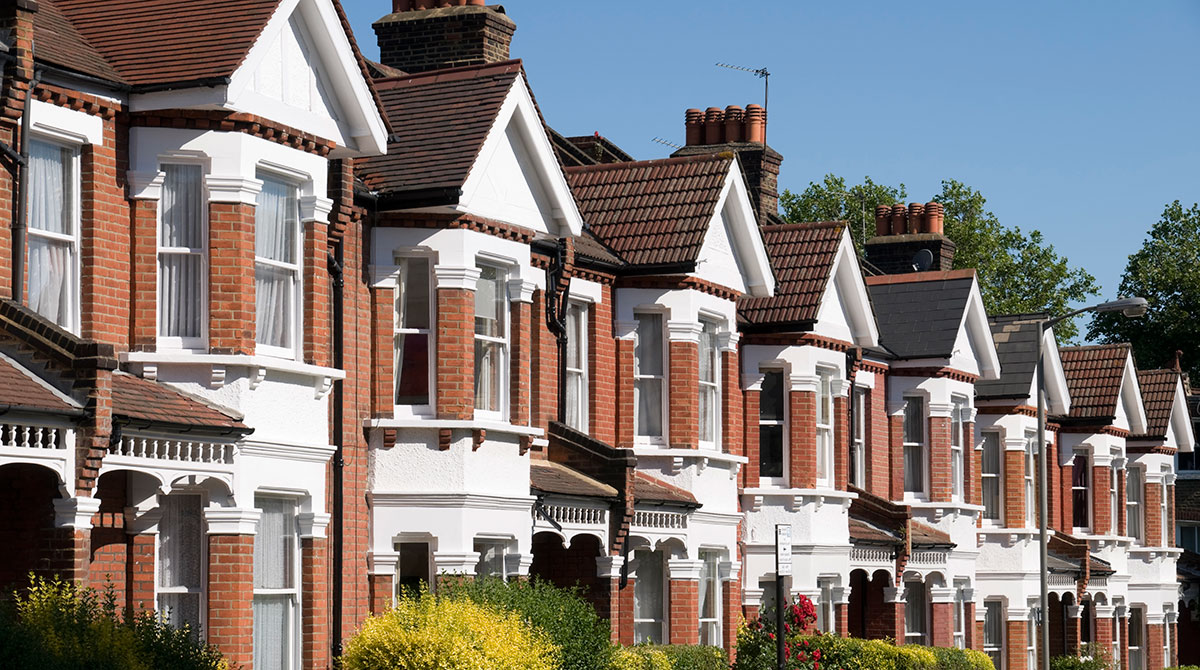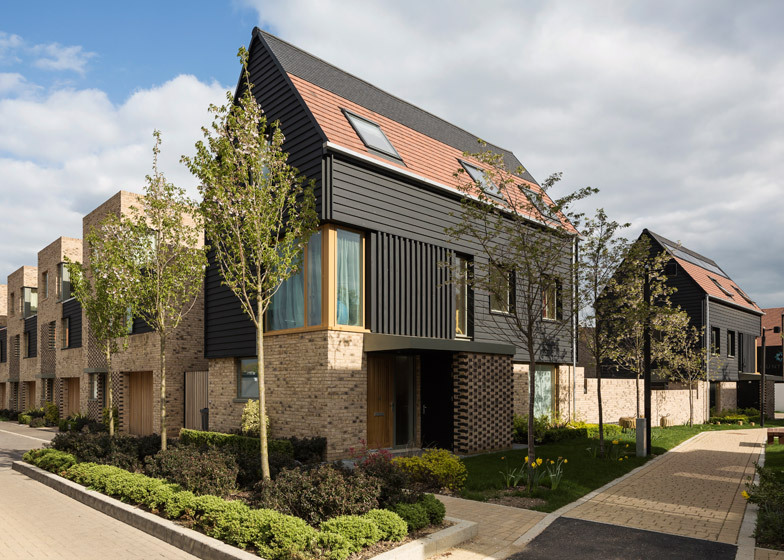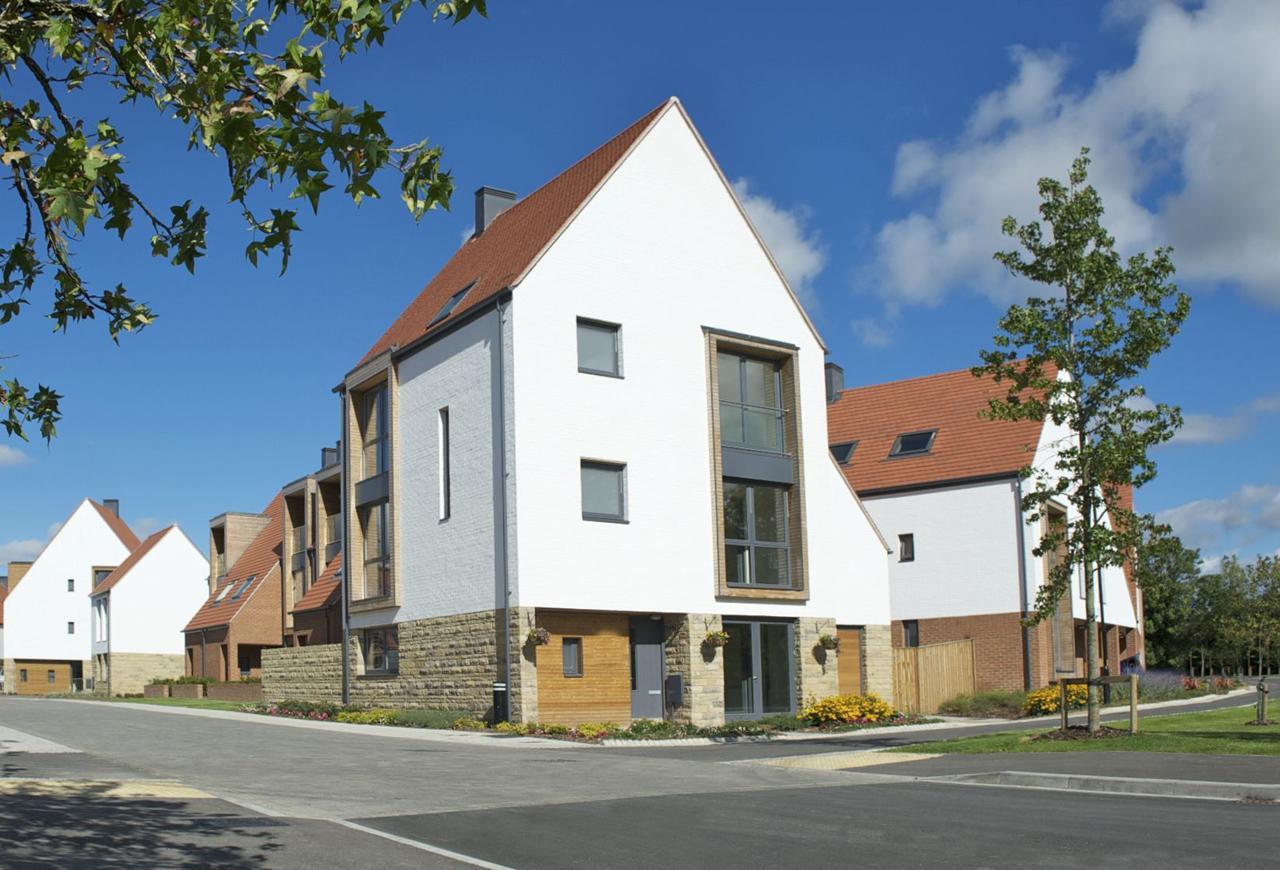
Published to coincide with the review of the Letwin Review of House-building, the RIBA’s “Ten Characteristics of Places Where People Want to Live” highlights a series of case studies that demonstrate components of contemporary community housing design.
The study, with input from RIBA Planning Group, identifies and analyses specific, successful elements of past projects and offers an insight into what makes great places — and what can be easily incorporated into future projects in England and the world at large.
The study provides valuable evidence demonstrating to its readers the relationship between design quality and the rate of supply in the delivery of much needed affordable housing.
Each building highlighted illustrates how appealing successful new housing looks and feels — and how each design can be easily replicated across the country.
“The necessary context for successful place-making is often neglected, but only by addressing this can we improve both the quality of the homes we are building and the rate of supply. High-quality design is essential, but it must be founded upon the right leadership, the right funding and delivery” Ben Derbyshire, RIBA President
1. The right place for the right housing
Location plays a primary influence in the choice of a new-building home.
Visually attractive settings are a favoured option, particularly when supported by essential local services: schools, healthcare, green open space, as well as access to retail and employment opportunities.
Having physical connectivity to the surrounding context makes a successful place-making.
2. A place to start and a place to stay
A successful housing project should incorporate a mix of uses, for young renters and flat-sharers, families as well as empty nesters and older people — resulting in a broadened market demand.
Offering spontaneous local activities and places to shop, socialise and relax further promotes community inclusion, cohesion and resilience — while encouraging people to stay in the community throughout different phases of their lives.
3. A place that fosters a sense of belonging
How we relate to design can evoke an emotional response; similarly, neighbourhoods create a strong visual identity that stems from its immediate environmental, social and historical context.
The inherent quality of buildings and landscape character lends an “authentic and unique sense of place,” ensuring that the area matures and improves over time.
4. A place to live in nature
Nature has benefits for the body and mind and makes up an essential part of a new neighbourhood.
Open green spaces and biodiversity create a high quality and visually rich environment that matures over time.
Parks, village greens, gardens squares and shared gardens not only shapes the character of a place but encourages community interaction and active outdoor living.
5. A place to enjoy and be proud of
To foster identity one has to be part of something, and that’s true with neighbourhoods.
Places with authentic, tangible character and distinctive streetscapes are noted as “appealing to a wider range of potential homeowners and residents.”
Design that provides engaging views, vistas and skylines captures attention and easily becomes a place that residents enjoy and are proud of.
6. A place with a choice in homes
Modern buyers and renters aspire to a choice of house types and buildings that offer flexibility throughout their lifetime.
Homes can be designed to be more generally adaptable but also accommodate individuals’ changing needs.
The report highlights that “empowering communities to participate in the process of designing and building out their own homes has the potential to produce higher quality housing that responds to local needs and therefore increases build-out rates.”
7. A place with a unique and lasting appeal
Having a choice of authentic and high-quality homes is more desirable and crucial in creating a place people wish to live.
“Inherently authentic, memorable and delightful, new housing has a locally-rooted character drawn from its surroundings, but also a strong identity of its own,” notes the report.
8. A place where people feel at home
Everyone has an idea of what “home” means to them, the study however suggests that “good proportion, imaginative details, warm materials, and a sense of enclosure, seclusion and space” are essential.
Self-finishing can be handled by occupants in order to draw more deeply on what home means to an individual while maintaining the controlled variety of the streetscape.
9. A sustainable place for future generations
It’s worth noting that, “homes in healthy, clean, resource-efficient neighbourhoods in the right places are more likely to attract potential owners or tenants by costing less to run from the start and retaining inherent value in the long term.”
Innovative parking strategies, future reduction in car-use, reducing carbon footprint as well as minimising energy loss helps us look towards a sustainable future.
10. A place where people thrive
Good spacial design attract potential homeowners and renters and positively impact how we live.
Creating interiors that are spacious, well laid-out, good indoor air quality and daylight benefits inhabitants both physically and mentally — while inherently energy-efficient homes are more affordable to maintain.












